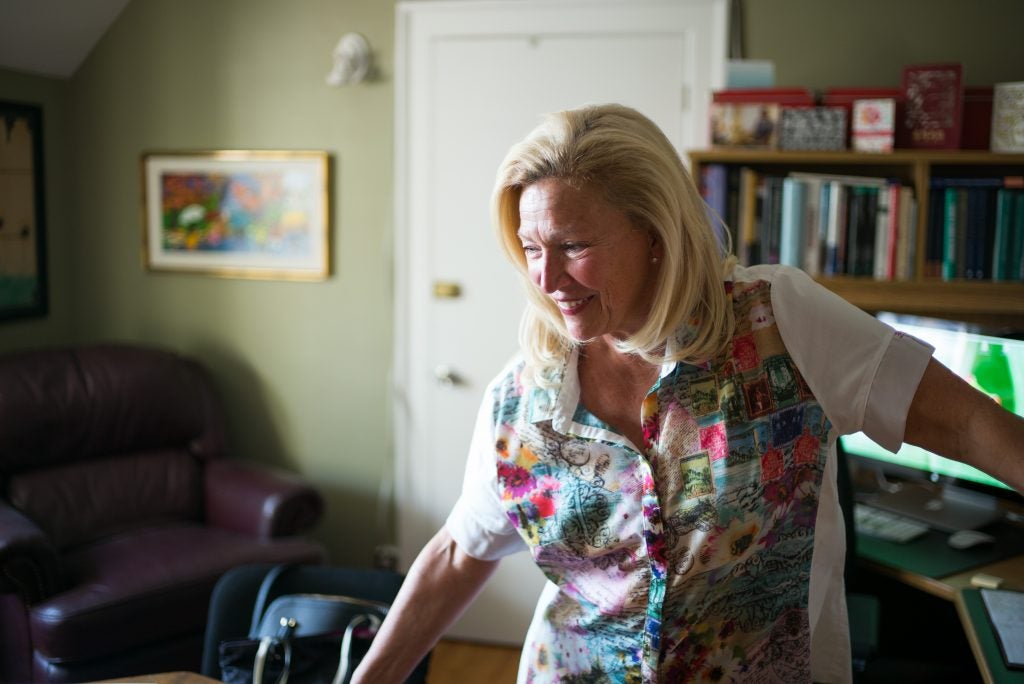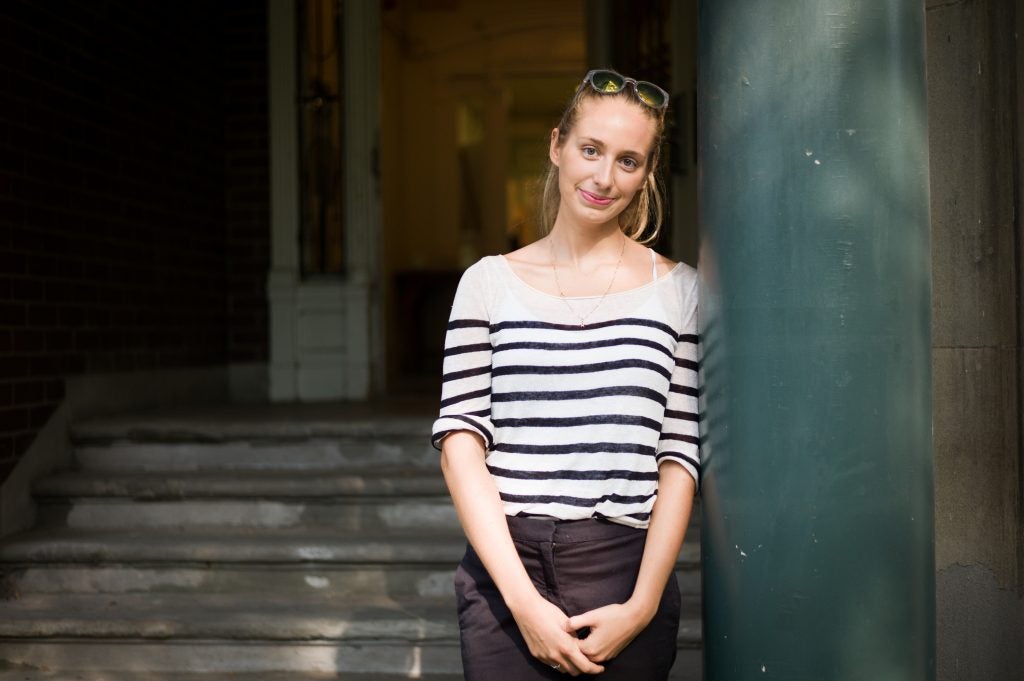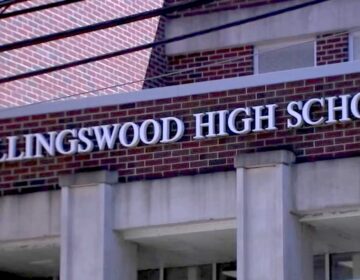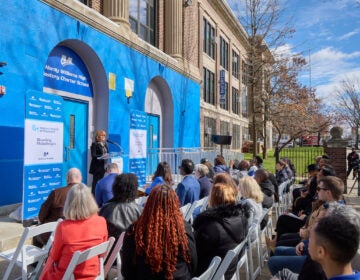A diverse group of very young students sit cross-legged for story time at Rose Avenue elementary in Toronto. The kids are joyful, yet focused, and the group is small enough that the two teachers in the room are able to give one-on-one attention when needed.
The school’s principal enters, and the children greet him with a sing-songy, ‘Good afternoon, Mr. Crichton.” They smile, return their attention to the book, and remain completely unaware that they’re a part of something that could prove revolutionary.
It’s something that’s been commonplace in Ontario for the past few years, but before that, was thought of as a pipe dream: full-day, junior and senior kindergarten, open to all 4 and 5-year-olds in the province.
The junior year is equivalent to what in the U.S. we’d call high-quality pre-K.
The classes are taught by two teachers, one certified in elementary education, another with early-childhood credentials. And over the course of two years, the kids stay with the same cohort.
“This is fabulous for parents for young families,” said Janette Pelletier, a professor in the Jackman School of Child Study in the University of Toronto. “And the quality is high because it’s monitored. It’s part of the school system.”
Pelletier’s research of a pilot program helped push Ontario toward implementing the 2-year universal kindergarten program in 2010.
Before that, the province provided only one year of half-day kindergarten.

Bridging the gap
Elsewhere in this series, Keystone Crossroads analyzed the differences between the systems of public education in Pennsylvania and Ontario. Each has a starkly different vision that manifests in much different ways for students and parents, especially those who have the steepest burdens to overcome.
Ontario’s internationally-heralded system gets high marks for its work toward leveling the playing field of students from poor and wealthy families.
But, like Pennsylvania, evidence in Toronto suggests that Ontario has struggled to close achievement gaps between historically underserved minorities and their peers.
Pelletier believes the move toward universal pre-K will prove to be the decisive factor in bridging that gap.
“You have kids in inner city Toronto who may have been in kindergarten for half a day and then they would go who-knows-where for the other half of the day — maybe parked in front of a television,” she said. “But now, with this full-day early learning for two years, that’s going to change. It’s going to change how our kids are going to do in later grades.”
For early childhood educators, the hope that they can contribute to this systemic change is a large part of what drives them.
“Being able to empower the children in our classroom will definitely help them really approach challenges in a critical way,” said Giuliana Nastasi, a masters student studying early childhood education at the Jackman Institute. “You’re hoping to stop the cycle of oppression in our society.”

But while Ontario has gone all-in for pre-K, leaders in Pennsylvania continue to debate the merits of expansion.
In Pa., all 5 year-olds have access to kindergarten, but only 22 percent of younger children can currently attend publicly-funded pre-K — a number that’s increased recently due to millions more in state investments.
But for many families, enrolling their 4-year-olds in a high-quality program is still a kitchen-table budgeting dilemma.
Some individual cities and towns have tried to plug the gap. For instance, in Philadelphia, after vigorous debate and lobbying efforts on both sides, the city government voted to pay for more pre-K seats through a new local tax on sugary drinks.
Research clearly shows that pre-K students arrive in kindergarten much more prepared for school, but detractors point to a 2012 federal study of the Head Start program that found that gains fade by the time students reach third grade.
They also warn that good intentions can be washed away by lack of thoughtful follow-through.
Proponents debate the merits of the 2012 report, and point to encouraging research done in places like Tulsa, Oklahoma, which committed to universal pre-K in 2005.
Proponents also argue that pre-K produces long term benefits — both academically and fiscally — such as higher rates for graduation, and lower rates for special-education diagnoses and criminal incarceration.
In Ontario, for six years Pelletier has been following cohorts of students who did and did not receive the additional schooling. Her preliminary results show some resounding differences for kids who started at age four.
“One thing that has really stood out is their level of vocabulary. It’s just higher,” she said. “And it’s stayed higher every single year.”
Pelletier has also seen big differences in the students’ ability to self-regulate, but admittedly less difference than expected in reading ability.
While Pa. continues its debate, Pelletier hopes Ontario will expand its commitment to families with young children by providing guaranteed before-and-after school services.
“I think this is really important,” she said. “I hope Ontario goes further to offer more parenting support on site.”
Keystone Crossroads explores the urgent challenges pressing upon Pennsylvania’s cities. Four public media newsrooms are collaborating to report in depth on the root causes of our state’s urban crisis – and on possible solutions.
WHYY is your source for fact-based, in-depth journalism and information. As a nonprofit organization, we rely on financial support from readers like you. Please give today.






